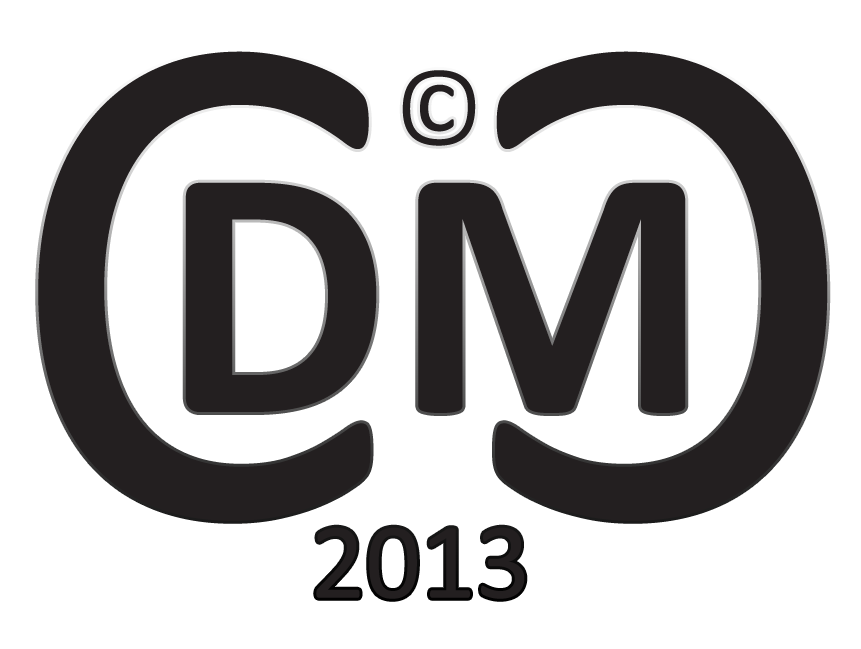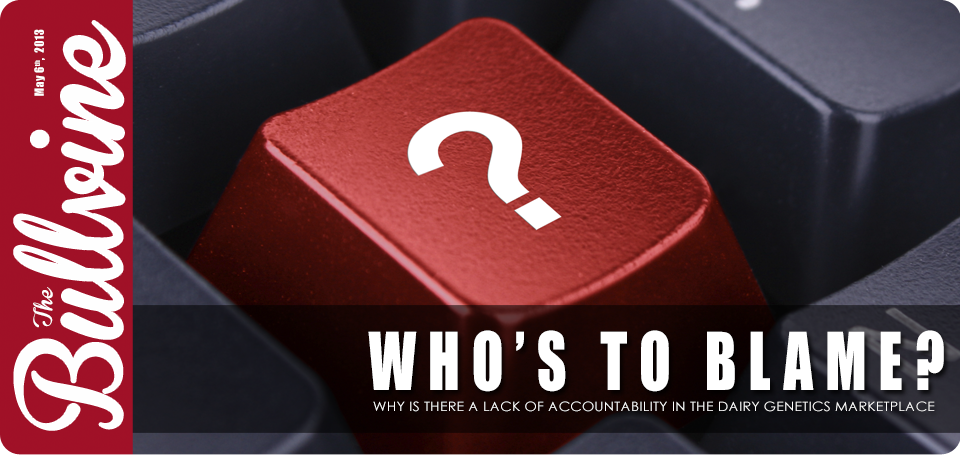Accountability, Wikipedia tells you that accountability is the answerability, blameworthiness, liability, acknowledgment and assumption for the resulting consequences. Yet in the dairy genetics marketplace it seems to be a word that is seldom used, although very much required.
Dairy cattle genetics is big business. Millions of dollars change hands every year, yet the level of accountability, in some cases, appears to be non-existent. Once the genetics are sold who has the liability for the resulting animals? Why are the breeders or sellers not responsible for the performance of the resulting animals? Genomics and other tools have given us greater “confidence” in the reliability of the genetics we are investing in, so why aren`t the sellers of these genetics more responsible for the results?
Genetic Mutations
Recently there have been a couple of situations that have raised my concerns about responsibility. The first occurred in New Zealand, about a year ago. More than 1500 animals descended from Matrix a commercial Holstein-Friesian bull carry a genetic mutation that produces hairy, heat-intolerant, poorly lactating heifers. The breeders affected by this problem feel the semen company did not deal openly with the problem and are being less than “cooperative” in seeking a solution for their affected members. (Read More: New Zealand Dairy Farmers Seek Compensation For Hairy Calves). Now this case is a very challenging one as Matrix is actually a result of a genetic mutation that occurred naturally and happens regardless of the breeding method used. Genetic defects such as BLAD, CVM, Brachspia, Factor XI, DUMPS, CIT, and Mule Foot are all tested for and screened by the A.I. companies and as a result see very limited occurrence. “Hairy calves” such as these ones resulting from Matrix have not been tested for and as a result it is surprising that there has been such a case. So while it is genetically explainable and no one could have predicted this, the reaction of the company that sold and marketed Matrix, Livestock Improvement (LIC) is a concern. They are refusing to pay any compensation as “most farmers recognize that these rare mutations are naturally occurring and simply a fact of life.” Having said that, for the future, the LIC is no longer selling Matrix semen and offers free genetic testing to identify calves with the mutation. The question of legal and financial responsibility appears to be one that will take some time to answer in this case.
![7HO11781[1]](https://www.thebullvine.com/wp-content/uploads/2013/05/7HO117811.jpg)
Through multiple, independent genetic tests, it has been confirmed that 7HO11781 Pine-Tree Colt SHINE-P-ET does not transmit the polled gene as previously believed.
Are Dairy Cattle Genetics Companies Made of Teflon?
Now both of these stories highlight some very rare occurrences, which in their own right would not have me thinking that the companies who sell dairy cattle genetics are not willing to take responsibility for the product they sell. However they got me thinking about other issues, such as – inability to conceive, short herd life, deep udders, bad feet, poor production. If a sire or animal is marketed to be high in these traits and the resulting animal proves to be well below expectations, exactly who is to blame?
Currently the only recourse is in not purchasing genetics from that company again. This is an action many breeders are slow to take, as they seem to bleed the colors of their desired A.I. company. After all, it’s hard to believe that the AI company they’re loyal to is unconcerned about unfulfilled claims. However, should that be the case? So should breeders suffer?

The Dairy Marketing Code of Conduct LOGO
Program members can use this logo to show that they uphold to the standards of this program.
Marketing Accountability
Another example of this is when it comes to dairy cattle marketing. The false representation of animals has been a hot question among many breeders and has inspired us here at the Bullvine to start the Dairy Marketers’ Code of Conduct (Read more: Introducing The Dairy Marketing Code of Conduct and Dairy Cattle Photography – Over Exposed). The lack of accountability for the resulting genetic product is one of the biggest differences between photo retouching of super models versus dairy cattle. You are not purchasing the super model’s genetics you are purchasing the clothes, perfume, etc. that she is wearing. Even though you are purchasing the genetics of the animal in question, you never really know if the cow/heifer/bull actually looks like she/he does in their picture. Hence the need for some symbol to ensure that the company marketing these genetics is willing to take responsibility for the outcome.
The Bullvine Bottom Line
The genetic advancement of your herd is one of the greatest long-term investments breeders make. If you invest thousands of dollars in something you should have a minimum level of expectation for performance? There are no guarantees in life. Having said that, what happens when expected performance and actual performance are not even in the same stratosphere? What if it was your tractor? Your milking equipment? That’s right. People justifiably get mad….. in most cases. So why is this not the case when you invest in dairy cattle genetics?
To get a copy of the Dairy Marketing Code of Conduct please click here.
If you believe that there is a need for more accountability in marketing dairy cattle genetics please like and share this post.


















“Genomics and other
tools have given us greater “confidence” in the reliability of the
genetics we are investing in,”
Sounds good in theory, but the proof is in the pudding
Still waiting to see the proof